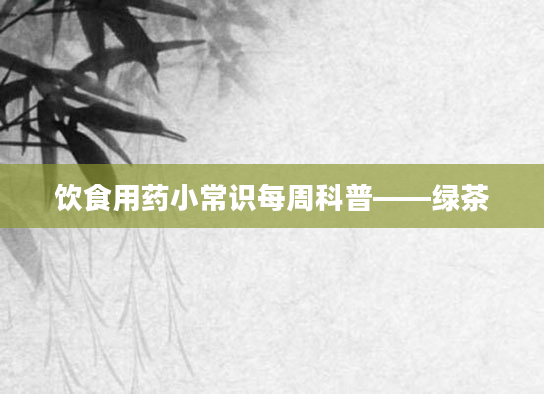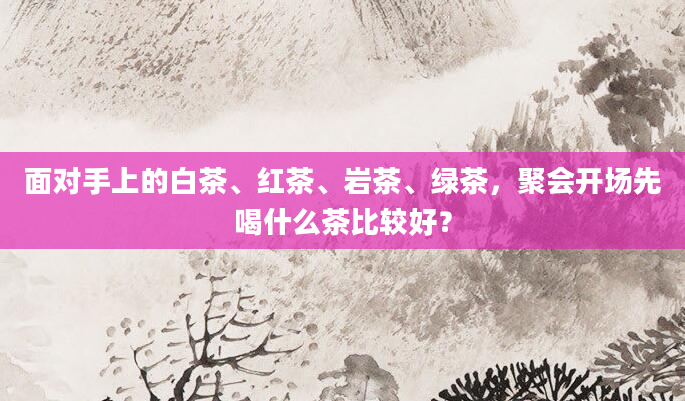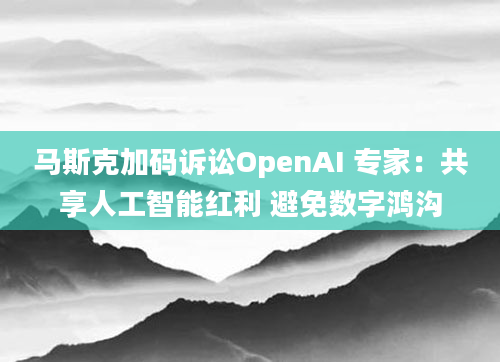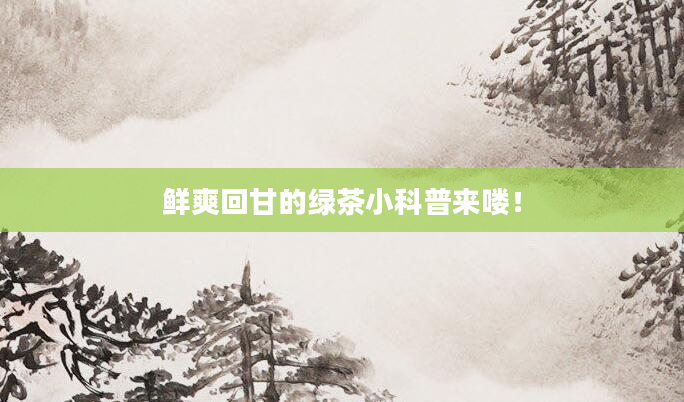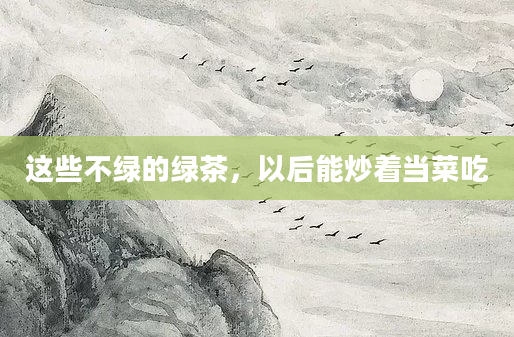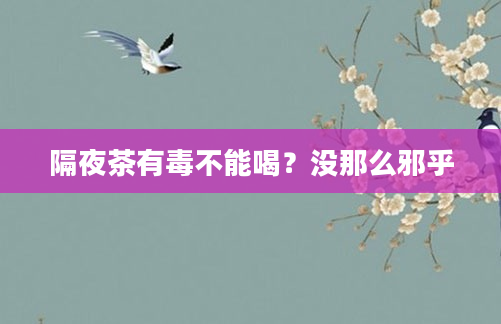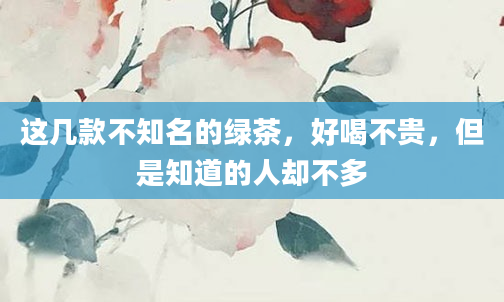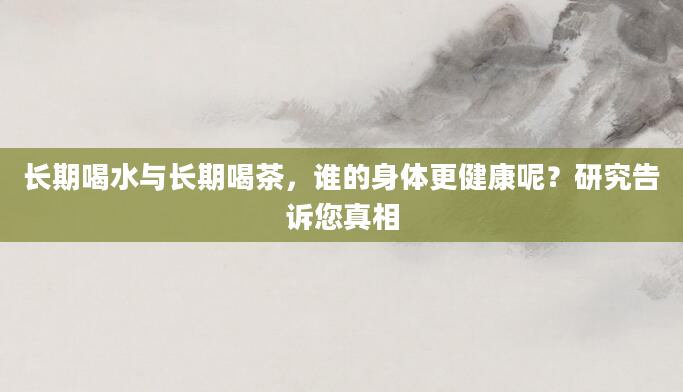Tea Culture Development History Mind Map in English
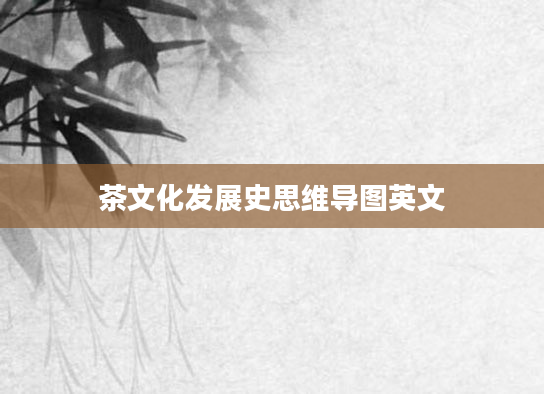
Tea culture has a rich history spanning thousands of years, influencing social customs, trade, and traditions worldwide. A **Tea Culture Development History Mind Map in English** can help visualize key milestones, from its origins in ancient China to its global spread. This article explores tea's historical journey through a structured mind map approach, enhancing understanding for enthusiasts and researchers alike.
1. Origins of Tea: Ancient China
The story of tea begins in China around **2737 BCE**, with the legendary discovery by Emperor Shen Nong. According to tradition, tea leaves accidentally fell into boiling water, creating the first infusion. Over time, tea became integral to Chinese culture, evolving from medicinal use to a daily beverage.
- **Shang Dynasty**: Tea was primarily used for medicinal purposes. - **Tang Dynasty (618–907 CE)**: Tea drinking became an art form, documented in Lu Yu's *"The Classic of Tea."* - **Song Dynasty (960–1279 CE)**: Matcha powder tea gained popularity, influencing Japanese tea ceremonies.
2. Global Expansion of Tea Culture
From China, tea spread to neighboring countries and eventually across the continents through trade and colonialism.
- **Japan (8th–12th century)**: Buddhist monks introduced tea, leading to the development of the **Japanese tea ceremony (Chanoyu)**. - **Europe (16th–17th century)**: Portuguese and Dutch traders brought tea to Europe, with England popularizing afternoon tea by the 1800s. - **India

